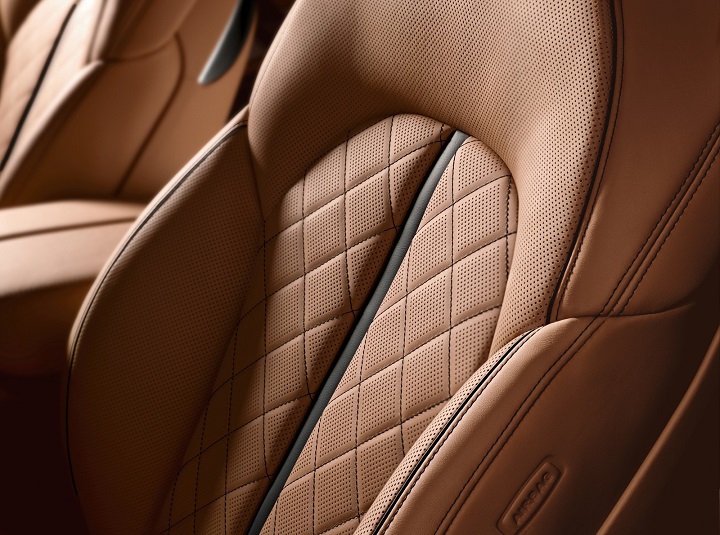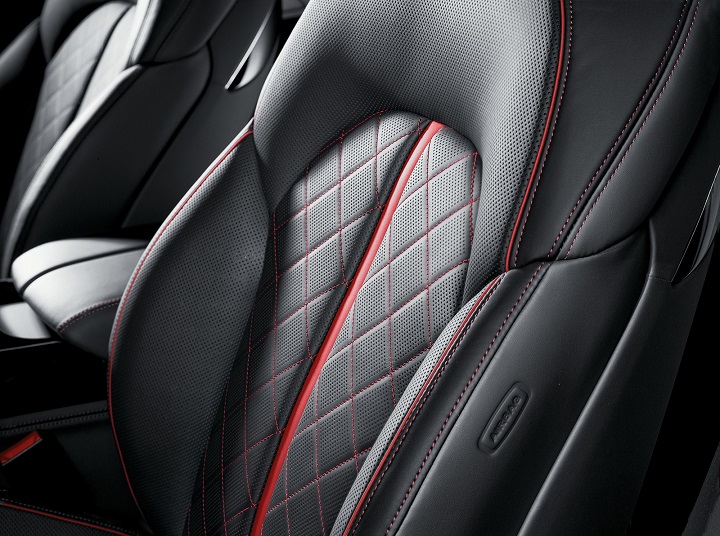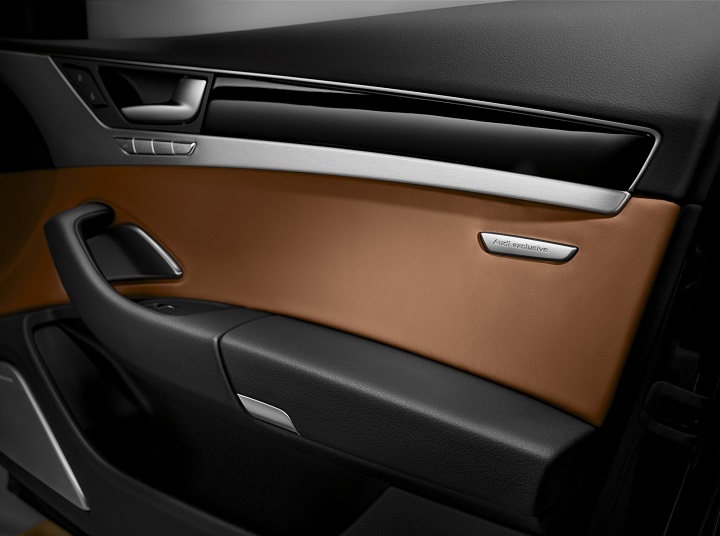Audi has announced that it will be launching A8 Edition 21 in limited numbers in the UK to mark 21 years of its operations.
Audi will be producing just 121 units of its A8 Edition 21 car with a starting price tag of £72,525. For this amount you will get sports styling, lavishly appointed cabin with 22 way adjustable front seats and leather upholstery from the Audi exclusive selection, plus the BOSE audio and short wheelbase. If you can spare £76,490, you get the same car but with a long wheelbase.
The company is going to offer tailored selection of interior and exterior styling enhancements so as to make this model stand apart. Audi will be offering its A8 Edition 21 with the recently introduced Sport styling package where you will have redesigned front and rear bumpers as well as pronounced side sills. The limited-run car will also be blessed with Adaptive Audi Matrix LED headlights.
Further, the company has revealed that the car will feature unique 20-inch double spoke alloy wheels with a titanium-look finish that complement the four exterior colour options including the Daytona grey pearl effect shade that is only normally available for the 520 PS S8. Privacy glass from the B-pillar rearwards is also standard, said Audi in its press release.
Edition 21 will come fitted with SE Executive specifications as standard and will be offered in two striking colour combinations – cognac brown with black contrasting stitching or black leather with red contrasting stitching.
Then there is comfort front sports seats with memory function, 22-way adjustability and integrated pneumatic lumbar and side bolster support as standard. A black cloth headlining and three-spoke multi-function steering wheel complete the interior enhancements. Illuminated door sill plates bearing the ‘Edition 21’ emblem add another degree of exclusivity.
The car will also have Audi connect portfolio of telephone and internet-based services to complement their HDD-based satellite navigation, plus a BOSE surround sound system in addition to the standard items fitted to SE Executive models. These include the Audi parking system advanced with reversing camera, a power-operated boot lid with hands-free opening and powered door closure.
As far as the powerhouse of the car goes, it will be propelled by the EU6-compliant 3.0-litre V6 TDI engine which produces 262PS and 580Nm of torque between 1,750 and 2,500 rpm. Power is channelled to the road via an 8-speed tiptronic transmission linked to quattro permanent all-wheel drive, and acceleration to 62 mph takes a mere 5.9 seconds.
For long-wheelbase models, this increases slightly to 6.1 seconds, and both are capable of reaching an electronically limited top speed of 155 mph. Combined fuel consumption and emissions stand at up to 47.9mpg and CO2 emissions of 155 g/km in the standard wheelbase, rising to 159g/km and 47.1mpg for long wheelbase models.
The Audi A8 has consistently been at the forefront of the brand’s technological progression since its introduction, and was the platform for the revolutionary Audi Space Frame, making it the world’s first series production car with a unitary aluminium body. The same principle is employed to this day. Thanks to its ASF architecture and an intelligent blend of aluminium and high-strength steel, the latest Audi A8 body weighs just 231 kilograms. The same body made entirely from steel would be around 40 per cent heavier.
Another highlight in the A8’s 21-year lineage was the 6.0-litre W12 model of 2001, which at the time was the world’s most powerful production saloon and the first ever saloon to feature a 12-cylinder engine in combination with all-wheel drive. A new 6.3-litre version of this engine featuring Cylinder-on-Demand technology continues to deliver 500PS with sublime refinement in the current A8 range.
More recently, the all-LED Matrix headlights fitted to every A8 Edition 21 and Sport model are the latest in a long line of trailblazing lighting innovations introduced in the A8. They include adaptive ‘swivelling’ xenon lamps, which debuted in the 2003 model, LED daytime running lights in 2004 and headlights capable of reacting to data received by the navigation system, which arrived in 2010.



